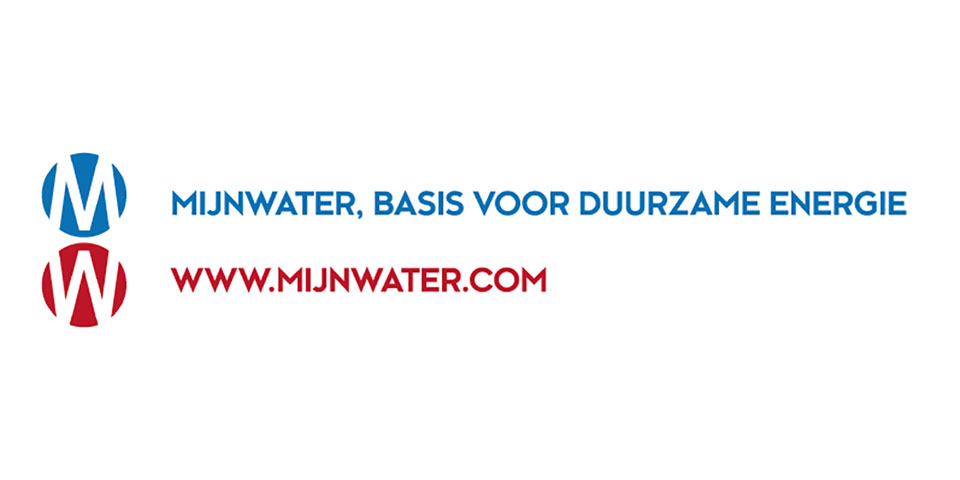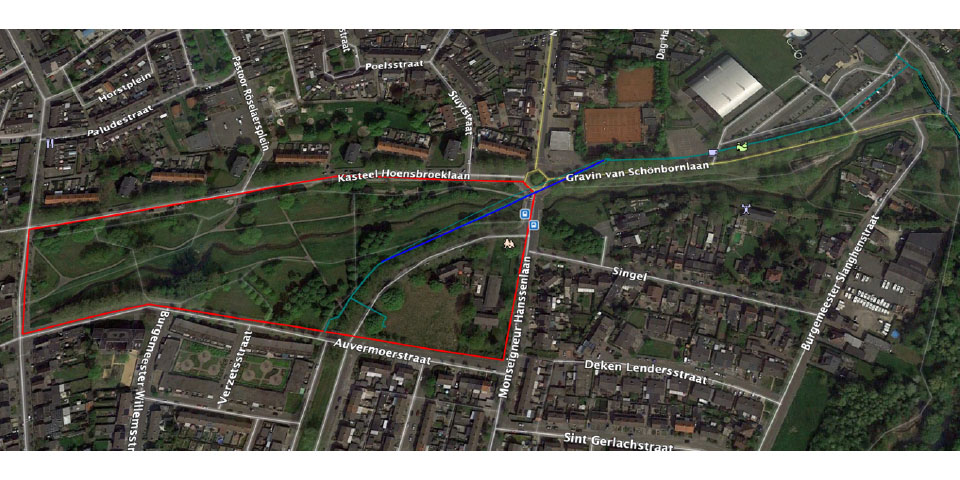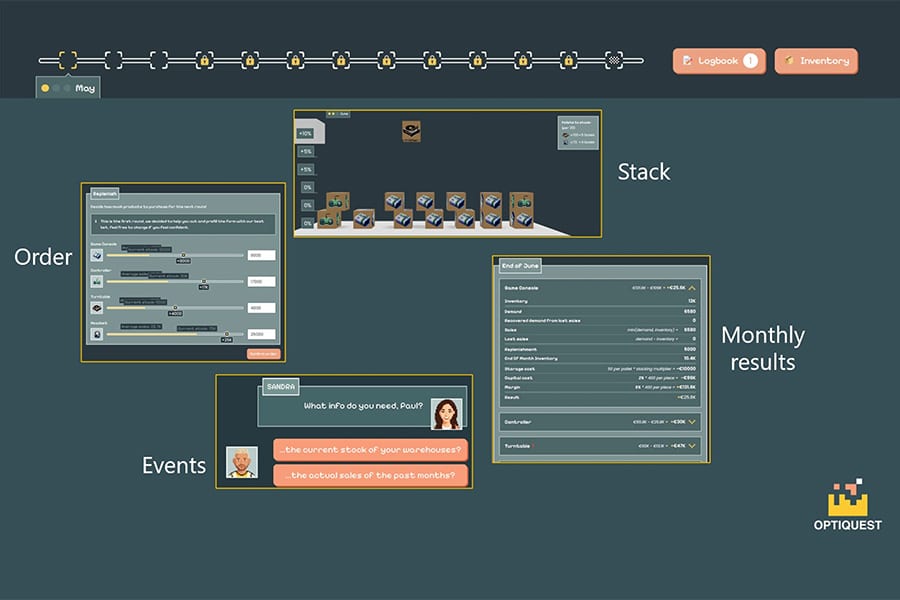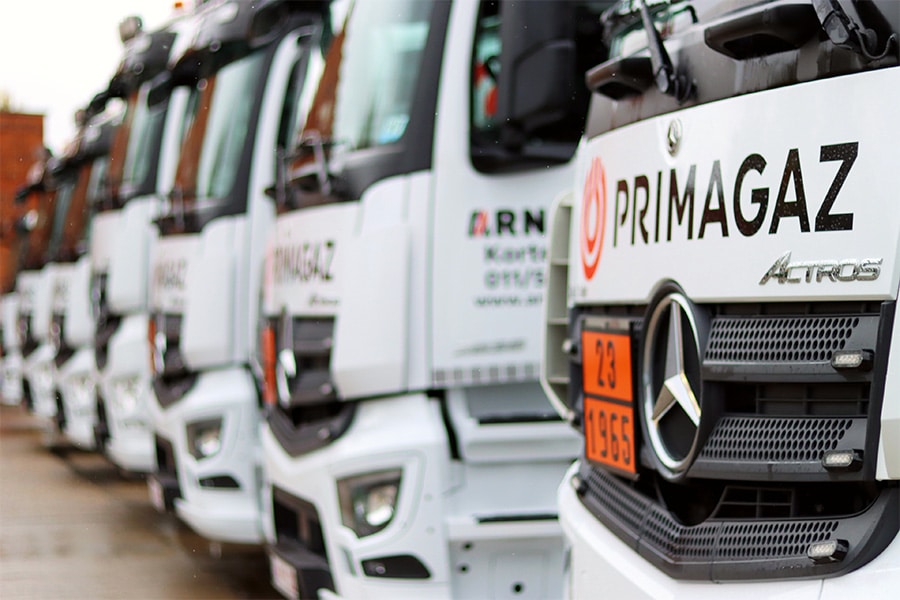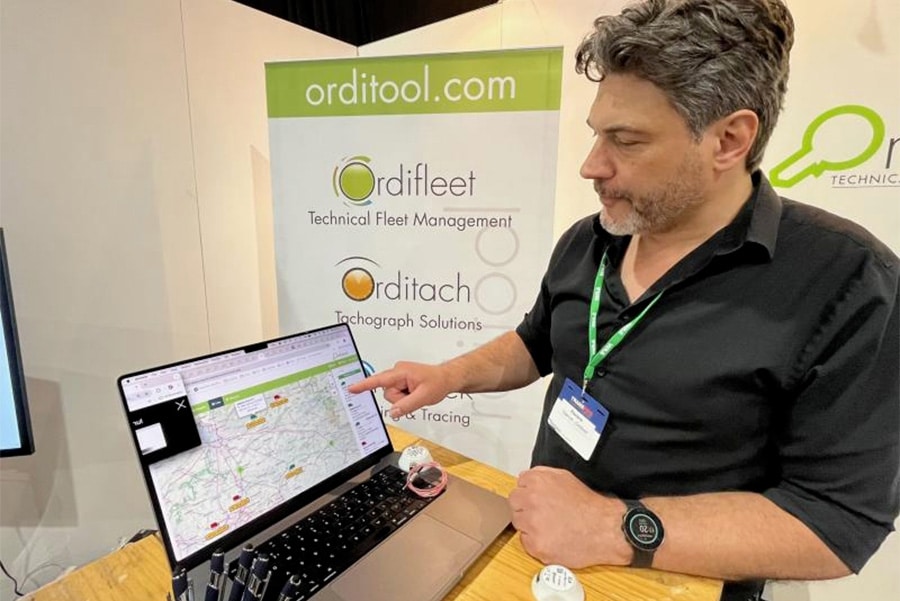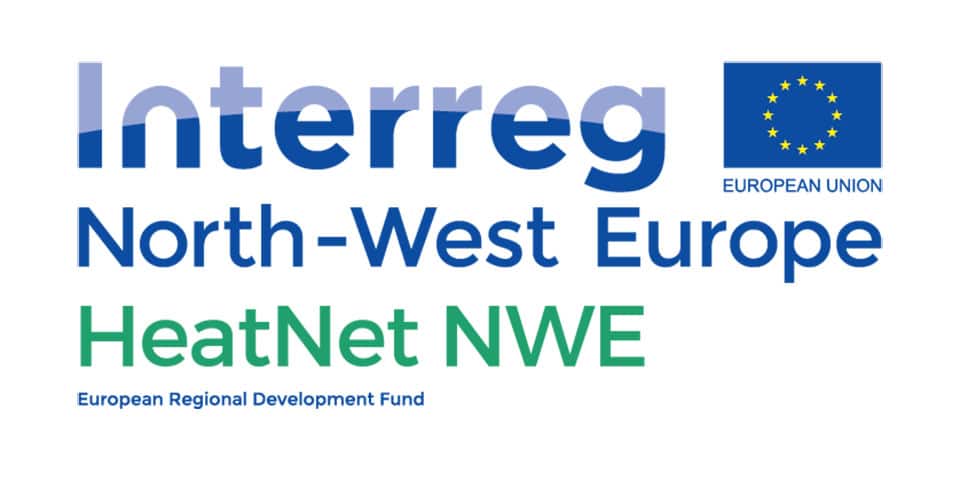
Importance of good underground infrastructure for circular energy grid
Mijnwater B.V. is building a new pipeline network in Heerlen that will supply cold and heat to homes, offices, stores and industrial companies. This is a circular energy network that harvests waste heat from the environment and stores excess heat or cold for a later time. Remarkably, such a heat and cold network could save 65 to 90 % of energy, in Heerlen, but also in other cities. A good underground pipe network is evident for this to succeed.
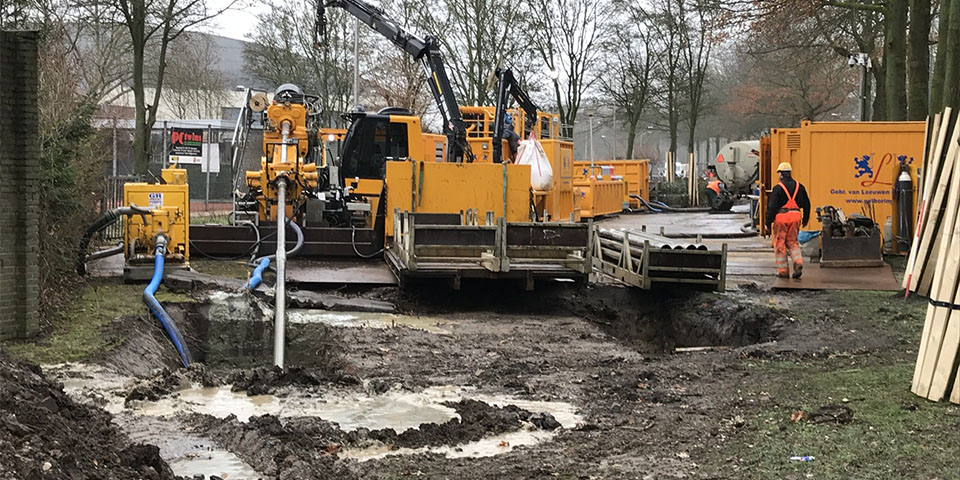
Mijnwater BV now has 30 professionals to do the job. People in the fields of mechanical engineering, urban planning, measurement and control technology, finance, innovation, civil engineering and infrastructure. The company is growing and is able to expand the existing pipeline network in Heerlen to connect new buildings as well as existing homes to renewable energy.
The importance of good underground infrastructure
The Infra Department deals with the construction of (shallow) wells, main line (backbone), and various branch lines to neighborhoods and buildings. Also called the construction of a cluster network and sector network. The start-up of one of the cluster networks in Heerlen was made possible by the European project Heatnet-NWE (Interreg-NWE).
It may seem that preparing and laying an underground pipeline is not very difficult, but appearances can be deceptive. During the construction of the cluster network of the so-called Cluster D, Hubert Blom, Project Manager Infra, ran into numerous problems. For example, the route crosses a flow area of the Geleenbeek with a high natural value and the city of Heerlen has a rich Roman past. Furthermore, in a few places in Parkstad-Limburg mining stone and gravel have been left behind in the ground by past mining industries. These are the barriers that have been overcome below the surface. Above the surface, traffic detour have been the order of the day, which, by realizing 24/7 accessibility to adjacent industrial areas, was quite a feat.
Natura 2000 - area
One of the challenges was passing through a Natura 2000 area, in which no digging is allowed. To pass the area, a full-length underground borehole had to be constructed.
Drilling Technology
An HDD (Horizontal Directional Drilling) was prescribed in the preliminary design. Drilling techniques for this type of project and problems are now part of Mijnwater BV's standard execution methods. The contractor was able to distinguish itself in the award by varying the depth, length, start and end point of the drilling. As part of the Heatnet-NWE project, we presented the problems to the various bidders in the tender. The contractors' solutions were evaluated and counted in the award of the work.
Perfect end result
The solutions, which were offered, were borings of different lengths, depths and starting and ending points. Because the drilling is part of an overall plan of action, not only is the best price considered, but the contractor also receives points for the quality offered. The contractor awarded the work had come up with a bore that was longer than the concept design. This placed the starting point of the drilling on a site, significantly reducing the inconvenience to local residents and traffic. This earned him the most credit. When surveying the site, after being commissioned, the contractor discovered that there was a large concrete conduit under Geleen Brook. A sewer? Nothing could be found on drawings. Research revealed that a second stream, Caumerbeek, flows through here. In the past, people chose to have part of the Caumerbeek flow underground. As a result, the drilling had to be adjusted: deeper and even longer. Unfortunately for us more work, but with a perfect end result.
Impure soil
Mine rock in the subsurface
One problem in Parkstad-Limburg is that there is mine rock in the subsoil. The waste product of former coal mining. In the landscape this can still be recognized as the mountains and hills in Heerlen. Nowadays covered with a layer of earth and mostly arranged as nature and hiking area. However, when you start digging you come across the mining stone again. It contains all kinds of irons and carbons that make it not applicable for other purposes. There are some recycling companies in the region that have the license and certification to take it in and process it further.
Proper soil testing beforehand
Mine rock is sharp and coarse. As a result, you can't just lay pipes in the mine rock. They would be damaged immediately. By doing a soil survey beforehand, it is easier to estimate the extra costs involved, because bringing in sand and disposing of mine rock costs a lot of money. The mine rock is taken to special processors in the region. Who in turn take it to a quarry or other mining stone deposit in Brunssum.
Excavation and backfilling or disposal is therefore insurmountable. It is necessary to always map soil contamination in advance and in cooperation with other parties. In order to operate more effectively and strategically, but especially to avoid (large financial) risks.
Accessibility of passing businesses
In addition to obstacles underground, there are also obstacles above ground in this industrial area. There are many businesses that receive or need to deliver goods 24/7. Blocking an access quickly leads to business damage. The choice of route can take this into account. It is also sometimes possible to block only part of the access and later drill another part or under an entrance.
Targeted communication to businesses and municipality
The biggest challenge for the route in this industrial area (between the VDL company and the new energy cellar) was communication with the companies. In the preparation phase, each company was approached individually, but the municipality was also informed about the laying of the pipelines and the inconvenience that would accompany it. This is a busy road, with many companies (entrances and exits) and very little place to work. Because in this project the contractor was responsible for the final design and execution, the final coordination and communication with all parties was also assigned to him. Of course in close cooperation with Mijnwater B.V. After the contract was awarded, the contractor made the final design and presented the plans to all parties involved (permit issuers and adjacent companies). A not insignificant list of requirements and preconditions ensured that during execution there were indeed various ways to minimize traffic disruption and guarantee accessibility of all companies. Examples include: Drilling under driveways, implementing wide driveways in two halves, deploying traffic controllers and detour routes, working at night and creating temporary driveways at a different location. These costs will be borne by Mijnwater. In principle, a company or landowner will not receive compensation for nuisance, except when pipes are laid on their territory. However, if a company suffers business damage due to our work, then it is a different story. Fortunately, Mijnwater was able to prevent this.
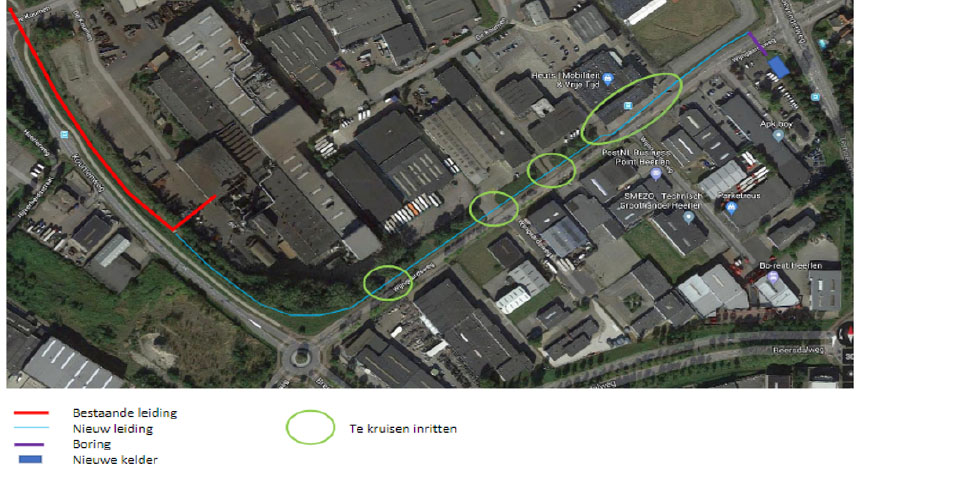 Keep communicating with each other
Keep communicating with each other
Because during such route construction you always have to deal with people and the dynamics of people in those surrounding companies, it is advisable to inform those responsible within those companies about the upcoming work in advance. This prevents them from making demands afterwards.
Building an infratrack through built-up areas is not easy. There are many obstacles, and even with thorough preparation and research, you encounter unexpected issues. Recommendations from project manager Hubert Blom:
- Be prepared. Work out your route or even better, make an underground analysis of the area where you are working. A 3D survey is recommended.
- Always be flexible with entrepreneurs or when adjusting your route. In doing so, work together and communicate unambiguously. Compose your project team accordingly. Offer the contractor enough freedom in the project team.
- Always reserve sufficient financial space to ensure flexibility here as well.
- Keep an eye on the surrounding area, inform in a timely manner and listen carefully to comments from surrounding businesses, permit issuers and local residents. Complaints can then be resolved more quickly, and even often prevented.
Looking to the future
The success of the mine water technology is an example for other cities that are diligently searching for natural gas-free alternatives. In principle, it is possible to build a similar network in other cities, connecting, for example, existing heat and cold storage (CHP) with intermediate dwellings and with other heat sources in the city, think (cooled) supermarkets, data centers, office buildings, etc. A so-called 5e generation heating and cooling network (District Heating and Cooling - DHC).
Building a local thermal circular energy network leads to substantial savings for all involved. After all, the major investments are shared with each other, a challenge to be taken up with both hands. Setting up such a cooperation does require a well-organized director's role. Research by CE-Delft and IF-technology shows that on the basis of 5GDHC, up to 3 million homes in the Netherlands can be rid of natural gas.
In November 2019, Mijnwater B.V. received the "grand prize for sustainable infrastructure" in Paris at the 2019 Green Solution Awards ceremony.
